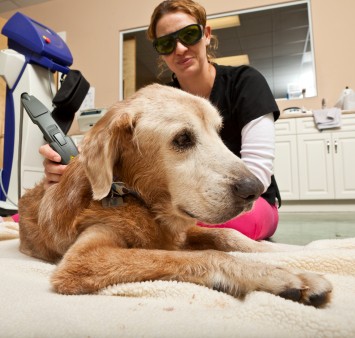
Have you ever noticed that, sometimes after starving, the haematocrit (Hct) and haemoglobin (Hgb) levels appear a little high on pre-anaesthetic bloods prior to a surgical procedure that morning?
If so, make sure you look at the figures.
If, like us, your laboratory machine produces a band with a red marker in the middle indicating some elevation, make sure you also look at the absolute figures.
I recently saw a nine-year-old boxer that, after a surgical procedure, developed redder and redder skin and mucous membranes. She had high Hct and Hgb on pre-anaesthetic bloods and subsequently turned out to have polycythaemia vera with, eventually, a Hct of 84.9.
Four episodes of venipuncture (taking 200ml to 300ml of initially very viscous blood on each occasion), plus treatment with hydroxycarbamide, and she was feeling much better.








